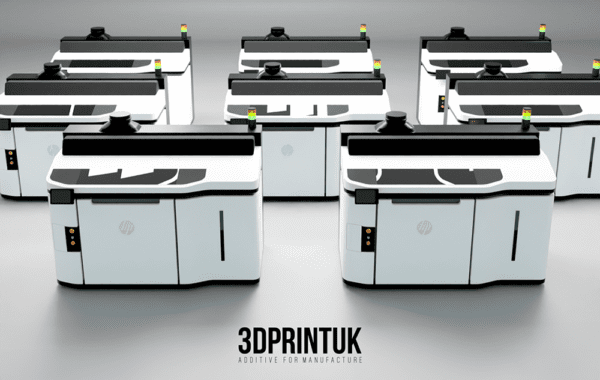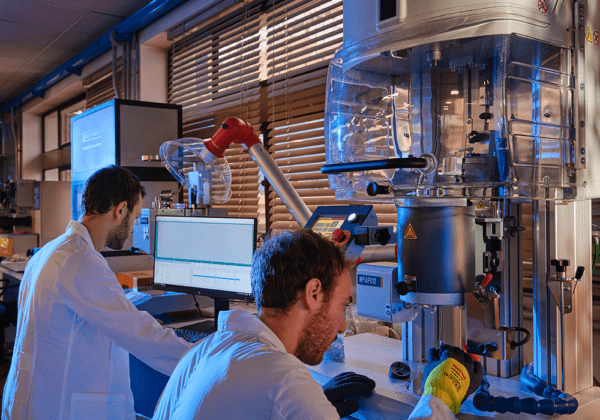
Fast-Tracking Ultrasonic Welding Trials Using 3D Printing Technology
This article by Telsonic UK’s Martin Frost details examples of where 3D technology has made a positive impact on both project timescales, and the ability to test and prove the ultrasonic welding process.
At some point in product development exercises, there will be a requirement to manufacture functional prototype components, and the fixtures needed to facilitate assembly or process operations. Traditional methods of achieving these milestones often involve conventional machining or fabrication that generally require extended time periods, sometimes with significant cost implications, especially where multiple part iterations may be required.
The advent of 3D printing has changed the landscape for the production of initial samples, prototype parts and component nests and location fixtures. The ability to produce these parts or fixtures quickly, and relatively inexpensively, reduces the product development cycle by enabling tasks such as ultrasonic welding trials to be conducted at an early stage.
The benefits of 3D printing technology
The resolution of today’s 3D printing technologies is at a level where even attributes such as detailed design features and functional weld geometry can be created, making it possible for ultrasonic welding trials to take place without investment in expensive injection mould tooling.
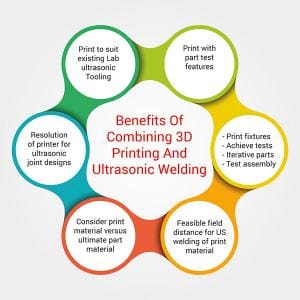
In addition, the quality of the 3D printed parts makes it possible to assemble other componentry, such as a PCB, which may form part of the final product, to check that there will be no adverse effects from the welding process. Furthermore, the ability to test the suitability of the material for welding, perform weld strength tests or print features needed to facilitate operations such as leak testing, further reduces the time needed to both make and test a component.
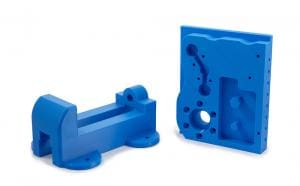
The growth in the uptake of 3D printing technologies by OEM’s, Design Specialists and Sub-Contractors alike has seen Telsonic UK become involved in a series of interesting application trials where the company’s ultrasonic welding technology has been used as a key part of the product development process. With a wide range of 3D technologies available, such as SLS (selective laser sintering) and FDM (fused deposition modelling) there are opportunities to produce and test prototype parts in a variety of material types.
A 3D printed microphone enclosure for the RNLI
The RNLI’s lifeboat support centre in Poole set out to evaluate 3D printing as an option to manufacture a fist microphone enclosure, needed to replace an existing item which had been discontinued by the original manufacturer. Given the limited number of items required, and the likely cost of bespoke production level injection mould tooling, the 3D printing option was deemed a potentially viable route. The organisation already had experience with vacuum casting, a process that delivers an injection moulded like finish, however, the PU material used for this process could not be welded, therefore components were then produced in Nylon 12. A series of ultrasonic welding trials conducted by Telsonic UK confirmed the suitability of both the material and the process for joining these items, at the earliest stages of the project, and allowing RNLI to then focus on the remaining aspects of the project, such as surface finish and aesthetics.
A hand-held solution for Ricoh
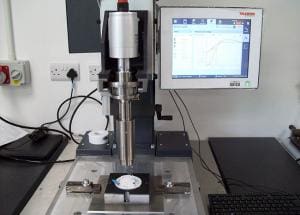
Another of Telsonic’s customers, Ricoh, themselves a 3D service bureau producing a variety of parts for different sectors and applications including automotive, use their own SLS (Selective Laser Sintering) technology to manufacture polypropylene 3D automotive components for customer testing and aesthetic evaluation. These parts can vary greatly and can even be thin external panels or bumpers that are printed in sections and subsequently joined. It is important, therefore, that the seams on the joined components have sufficient strength.
Tests were conducted using Telsonic hand-held ultrasonic welding equipment and an array of ultrasonic handgun tips. The resultant welds deliver exceptional strength with true molecular fusion, where alternatives such as glue or other bonding methods highlighted difficulties in achieving the strength required and can take an extended time period to achieve adhesion.
Protecting piezo components
C-TEC, who are the UK’s largest independent manufacturer of life safety electronic equipment including: conventional and addressable fire alarm systems, automatic extinguisher panels, power supplies, disabled refuge systems etc. also turned to 3D printing to test whether the ultrasonic welding process would have any detrimental effect on a Piezo component which would be an integral part of a welded assembly. In the finished product, this Piezo disc will be encapsulated within a moulded assembly and it is essential that the acoustic performance of the disc is not compromised. Tests at Telsonic Poole using 3D printed parts and component nests confirmed the suitability of the component design and the welding process.
Ultrasonic welding PPE made from PA12
Product design consultants have also embraced 3D technology as key in the development of new products and getting these new products to market in the shortest possible time. Telsonic UK has also worked with North Wales based Design Reality who have a suite of 3D printing machines that are capable of printing in a wide range of materials. Parts can be produced in as little as 4-5 hours, plus cooling time, with little or no waste and with a layer resolution as fine as 0.1mm. In this application, Telsonic ultrasonic technology was used to weld components manufactured in PA12, for a global manufacturer of personal protection equipment (PPE).
Telsonic’s Martin Frost concludes: “These are just a few examples of where 3D technology has been used successfully to quickly produce the parts and fixtures needed for product testing and evaluation, and where the flexibility of our ultrasonic welding technology enhances the overall product development process.”
More information on Telsonic ultrasonic systems for plastic and metal welding can be found here.
Telsonic Ultrasonics
+44 (0)1202 697340
Website
Email


